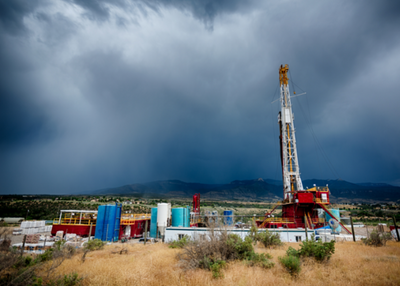Analies Dyjak | Policy Nerd
Silicon Valley, California is the hub for some of the largest tech companies in the world. Apple, Google and Facebook are just some of the tech giants with headquarters located there. The name originates from the production of semiconductors, which uses a silicon chip in the manufacturing and production process. Silicon Valley is now home to several Fortune 500 companies and booming in economic success. What many people don’t know about this tech Mecca is that it’s also home to the highest number of Superfund sites in the United States.
Industrial History
In the early 1950’s, Silicon Valley was the premiere destination for modern day electrical engineering. The progressive and “modern” aesthetic of the Valley drew young engineers from all over the country. Aside from the possibility of prosperity, there was another major reason that people were flocking to the area: the absence of smokestacks. In fact, incoming tech companies had to follow strict zoning restrictions to ensure that smokestacks wouldn’t cloud the streets of Santa Clara. Young developers thought that prohibiting smokestacks would make the Valley all that more appealing to potential employees, and it did. Just because the effluent wasn’t visible to passersby, didn’t mean that Silicon Valley was a pure, pollutant-free destination. What I always like to say is “what can’t go up, must go down”. Discharge from industrial manufacturing of electrical equipment was being pumped underground where it eventually entered into groundwater. Environmental regulations were nonexistent, so dumping was the practical waste removal norm. There were also several solvent leaks between the years of 1950-1970 from defective infrastructure, the most famous being the Fairchild Spill of 1981. An estimated 14,000 gallons of trichloroethane (TCE) and 44,000 gallons of other solvents leaked into the groundwater supply of Santa Clara County. Several remediation efforts took place over the course of the next 30 years, such as underground vapor extraction wells (pump and treat), but volatile material is still very much present in the soil and groundwater of Silicon Valley.
What is TCE?
Trichloroethane (TCE) is a chemical solvent used in the manufacturing process of semiconductors. It’s an colorless, nonflammable liquid that is typically used as a solvent to remove grease from metals. According to a risk assessment done by the EPA in 2005, TCE is considered to be carcinogenic to humans by all exposure routes. TCE is linked with non-Hodgkin’s lymphoma, Renal cell carcinoma, and liver cancer.
What is Superfund?
The Superfund program, also known as CERCLA, was created in the 1980’s to assist with the cleanup and mitigation of toxic contaminated sites. If a responsible party or partly responsible party cannot be identified, the Environmental Protection Agency has jurisdiction over funding and site remediation. Currently, there are 23 Superfund sites located in the Silicon Valley, the highest concentration of designated toxic waste sites in the country.
Vapor Plumes
For the most part, drinking water is properly treated by municipal utility providers, with the exception of private wells. The largest concern to human health are volatile vapor plumes. These are chemicals that are trapped underground that rise to the surface and are released into the atmosphere. Vapor plumes are often sucked into ventilation systems in buildings and homes. This highly concentrated exposure of a known carcinogen in a confined space is extremely dangerous to human health. In 2013, the Google headquarters in Silicon Valley experienced a toxic exposure to TCE. Google was not involved in manufacturing of the silicon chips and arrived in Silicon Valley after the spill. They were however a Bone Fide Prospective Purchaser, which means they were aware of the contamination at the time of acquisition.
Other articles we think you might enjoy:
Why Does EPA Allow "Acceptable Amounts" of Toxic Chemicals in Drinking Water?
Volatile Organic Compounds in Drinking Water
Endocrine Disruptors in Drinking Water





